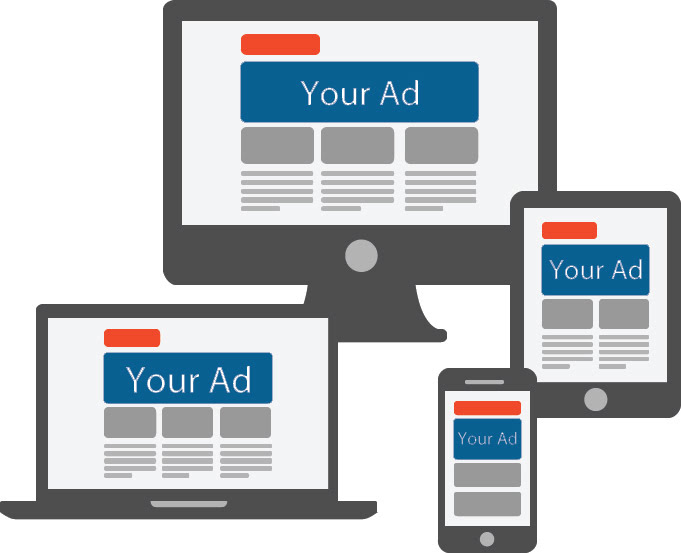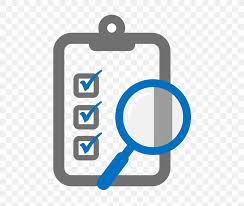How to Use Programmatic Advertising for Targeted Ad Campaigns: 15 Key Steps
Programmatic advertising has revolutionized the way digital ads are bought and sold. It offers advertisers the ability to reach their target audience with precision, ensuring that every ad impression counts. If you're looking to leverage programmatic advertising for your next targeted ad campaign, here are 15 key steps to guide you through the process.
Define Clear Objectives: Before diving into programmatic advertising, clearly define your campaign objectives. Are you aiming to raise brand awareness, drive website traffic, or generate leads? Identifying your goals will help you design a more effective campaign.
Understand Your Target Audience: Conduct thorough research to determine your target audience's demographics, interests, and online behaviors. This will enable you to create highly targeted ads that resonate with your audience.
🎯
Choose the Right Programmatic Platform: Evaluate various programmatic platforms and select the one that aligns with your campaign goals and budget. Consider factors such as targeting options, transparency, and the platform's reputation.
Set a Realistic Budget: Determine how much you're willing to invest in your programmatic advertising campaign. Allocate your budget across different channels and ad formats to maximize reach while staying within your financial boundaries.
Select Targeting Parameters: Utilize the targeting capabilities of programmatic advertising to define specific parameters such as location, age, gender, interests, and even browsing history. This ensures your ads are seen by the right people at the right time.
📍👥
Create Compelling Ad Creative: Craft visually appealing and attention-grabbing ad creatives that communicate your message effectively. Use engaging visuals, persuasive copy, and a clear call-to-action to entice your audience to take action.
Implement Conversion Tracking: Install conversion tracking pixels on your website to measure the effectiveness of your programmatic campaign. This data will help you optimize your ads in real-time and make data-driven decisions.
📊🔍
Utilize Retargeting: Leverage the power of retargeting to reach users who have previously interacted with your website or shown interest in your products/services. This helps you stay top-of-mind and increase the chances of conversion.
Test Multiple Ad Variations: Create multiple variations of your ads and test them to identify the most effective combination of visuals, copy, and calls-to-action. Continuously optimize your ads based on performance metrics to achieve better results.
🧪📈
- Optimize for Mobile: With the majority of internet users accessing content via mobile devices, ensure your ads are optimized for mobile viewing. Use responsive design and consider mobile-specific ad formats to enhance user experience.
📱💻
- Monitor and Adjust in Real-Time: Regularly monitor your campaign's performance and make adjustments as needed. Optimize targeting parameters, bidding strategies, and ad placements to maximize ROI and reach campaign goals.
👀🔄
- Leverage Artificial Intelligence: Take advantage of AI-powered programmatic platforms that can analyze vast amounts of data and make real-time bidding decisions for you. This can improve campaign efficiency and save time.
🤖⚡
- Employ Frequency Capping: To avoid ad fatigue and ensure your audience doesn't feel overwhelmed, set frequency capping rules. This limits the number of times a user sees your ads within a specific time frame, striking the right balance between visibility and annoyance.
🔂🚫
- Analyze and Learn from Data: Regularly analyze campaign data to gain insights into what's working and what's not. Identify patterns, trends, and audience behaviors to refine your targeting and messaging strategies for future campaigns.
📉📊💡
- Stay Updated with Industry Trends: The programmatic advertising landscape is constantly evolving. Stay informed about the latest trends, technologies, and best practices to stay ahead of the curve and make informed decisions.
💡📰
Using programmatic advertising for targeted ad campaigns requires careful planning, continuous optimization, and a deep understanding of your audience. By following these 15 key steps, you can create highly effective campaigns that deliver the right message to the right people at the right time. Embrace the power of programmatic advertising and unlock new opportunities for your business.







No comments yet. Be the first to share your thoughts!